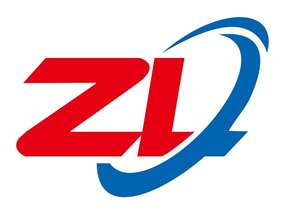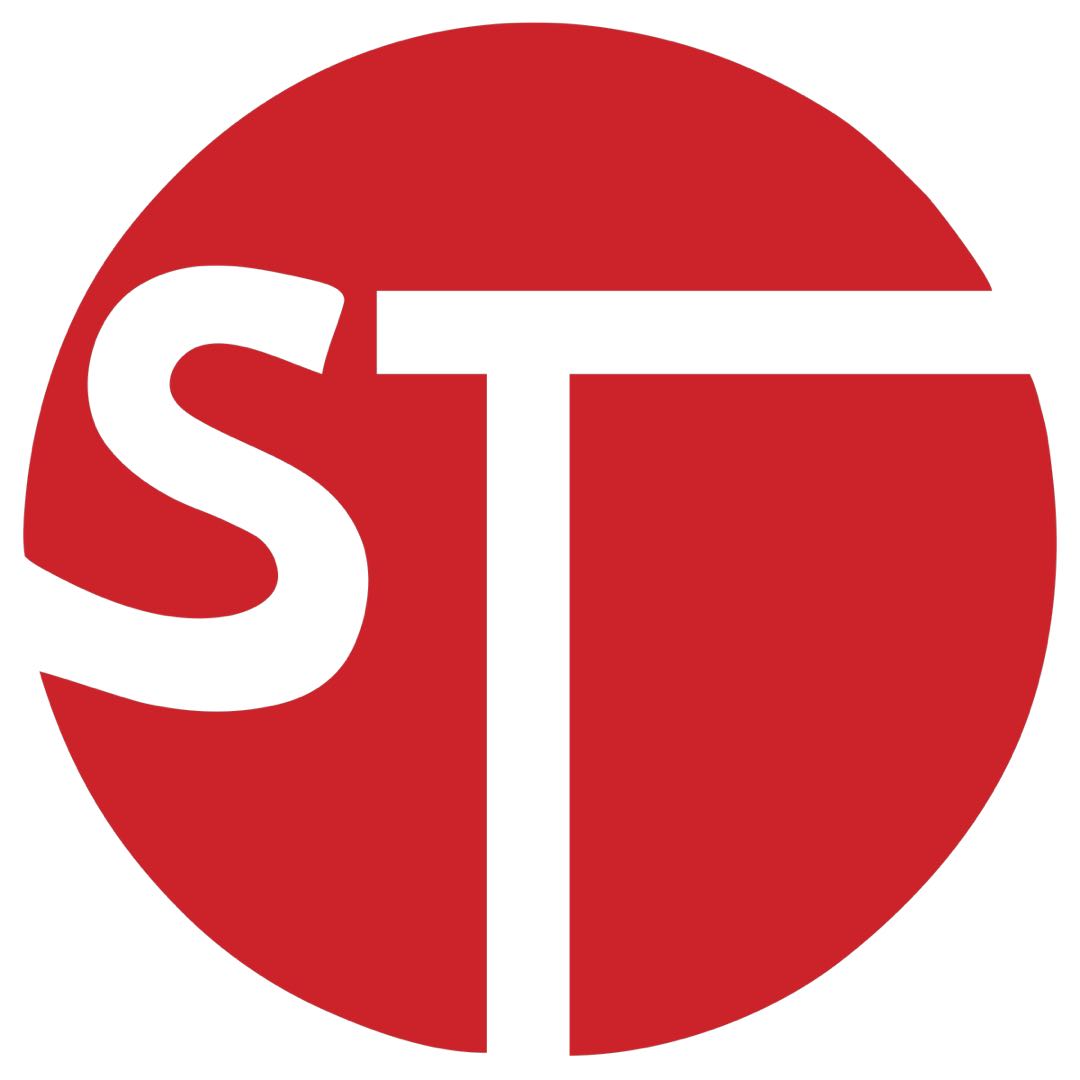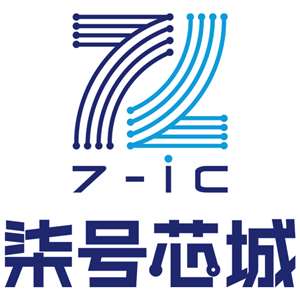









深圳市中利达电子科技有限公司
服务专线:
0755-13686833545
在线联系:
![]()
![]()

首天国际(深圳)科技有限公司 服务专线: 0755-82807802/82807803 在线联系:

北京元坤伟业科技有限公司 服务专线: 010-62104931621064316210489162104791 在线联系:

深圳市芯福林电子有限公司
服务专线:
13418564337
在线联系:
![]()

柒号芯城电子商务(深圳)有限公司
服务专线:
18922805453
在线联系:
![]()
![]()

| 型号: | THS7374IPW |
| Brand Name: | Texas Instruments |
| 是否无铅: | 不含铅 |
| 是否Rohs认证: | 符合 |
| 生命周期: | Active |
| IHS 制造商: | TEXAS INSTRUMENTS INC |
| 零件包装代码: | TSSOP |
| 包装说明: | TSSOP-14 |
| 针数: | 14 |
| Reach Compliance Code: | compliant |
| ECCN代码: | EAR99 |
| HTS代码: | 8542.33.00.01 |
| Factory Lead Time: | 1 week |
| 风险等级: | 0.97 |
| Is Samacsys: | N |
| 标称带宽: | 9500 kHz |
| 商用集成电路类型: | VIDEO AMPLIFIER |
| 增益: | 6 dB |
| JESD-30 代码: | R-PDSO-G14 |
| JESD-609代码: | e4 |
| 长度: | 5 mm |
| 湿度敏感等级: | 2 |
| 信道数量: | 4 |
| 功能数量: | 1 |
| 端子数量: | 14 |
| 最高工作温度: | 85 °C |
| 最低工作温度: | -40 °C |
| 封装主体材料: | PLASTIC/EPOXY |
| 封装代码: | TSSOP |
| 封装等效代码: | TSSOP14,.25 |
| 封装形状: | RECTANGULAR |
| 封装形式: | SMALL OUTLINE, THIN PROFILE, SHRINK PITCH |
| 峰值回流温度(摄氏度): | 260 |
| 电源: | 3.3/5 V |
| 认证状态: | Not Qualified |
| 座面最大高度: | 1.2 mm |
| 子类别: | Audio/Video Amplifiers |
| 最大压摆率: | 14.5 mA |
| 最大供电电压 (Vsup): | 5 V |
| 最小供电电压 (Vsup): | 3 V |
| 表面贴装: | YES |
| 技术: | BICMOS |
| 温度等级: | INDUSTRIAL |
| 端子面层: | Nickel/Palladium/Gold (Ni/Pd/Au) |
| 端子形式: | GULL WING |
| 端子节距: | 0.65 mm |
| 端子位置: | DUAL |
| 处于峰值回流温度下的最长时间: | NOT SPECIFIED |
| 宽度: | 4.4 mm |
| Base Number Matches: | 1 |
专业IC领域供求交易平台:提供全面的IC Datasheet资料和资讯,Datasheet 1000万数据,IC品牌1000多家。